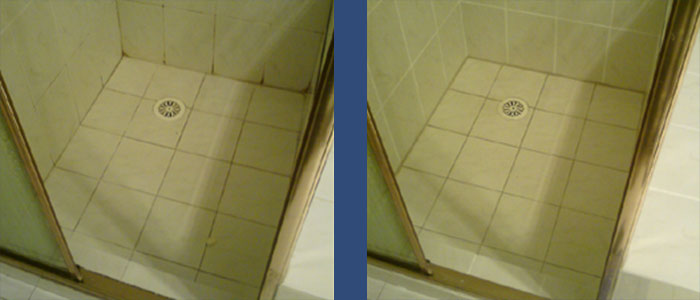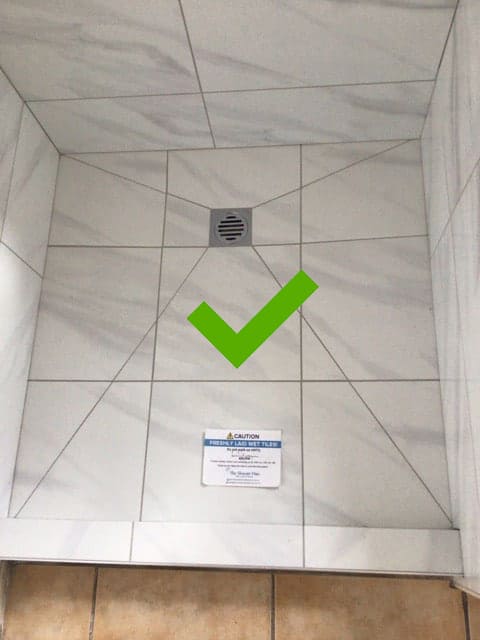How to Repair and also Stop Bathroom Water Damage
How to Repair and also Stop Bathroom Water Damage
Blog Article
We've stumbled upon this great article relating to How to Fix a Water Damage Bathroom below on the web and think it made good sense to write about it with you on my blog.

The shower room is extremely susceptible for wet accumulation as well as prospective water damages due to the frequent use water in it. This write-up offers easy assessment methods to aid detecting water damage dangers.
The constant use water in the bathroom makes it extremely vulnerable for damp build-up and also possible water damage. By inspecting it routinely, you can decrease water associated problems.
The complying with set of assessments is very easy to execute and also should be done once in every 3 months in order to keep your bathroom healthy and also to prevent potential water damages caused by the bathtub, the shower, pipe joints and plumbing, sinks, cupboards, as well as the commode
Do not disregard performing these evaluations as well as be extensive while doing them. Bear in mind that these basic assessments can conserve you a great deal of money by offering early indications for water damage
Bath tub and also Shower
The shower and also bath tub call for unique interest as well as maintenance. Check the tiles and replace if fractured. See to it that there is no missing out on grout in between the floor tiles. Examine and change broken caulking at joints where the walls fulfill the flooring or the tub. Clogged drains pipes and pipelines issues will certainly protect against the tub from drying and may show severe issues beneath the bathtub. Seek advice from a specialist right away to avoid architectural damages. Take note of stainings or soft locations around the tub wall surfaces as they might indicate an internal leakage.
Plumbing
Signs for water damages are hard to identify given that many pipelines are set up inside the walls.
Pay unique interest to flooring and wall surfaces moisture and also spots as they may show an undetectable plumbing problem. Examine wetness levels in adjacent rooms too.
Sinks as well as Cabinets
Sinks and cupboards are exposed to dampness and also moisture daily and also are commonly neglected. Check frequently under the sink and on the counter top above it. Fix any drip in the catch as it might suggest drainpipe issues. Look around the sink, slow draining pipelines may show a blocked drainpipe. Replace sink seals if they are cracked or loosened.
The Commode
The bathroom is a vulnerable water joint. Examine the water lines and look for leakages around the bathroom seat, in the tube, as well as under the water container. If you find any kind of indications of dampness on the floor around the bathroom, check for leakages in the toilet edge and storage tank seals.
Be aware that hanging bathroom dish deodorants enhances the opportunities for clogs.
Water Damage Signs In The Bathroom To Avoid Cleanup
Musty smell
This is one of the easiest signs to catch because musty smells are so odorous. The damp, earthy, moldy smell should be a big red flag. The smell will develop when moisture gets trapped in surfaces, and begins to facilitate mold growth. Leaking pipes under cabinets, inside walls, and behind shower fixtures will cause moisture to stay trapped and not dry, which will lead to mold growth and spread. As soon as you notice any musty smells in your bathroom, have it checked for hidden water damage and cleanup signs.
Visible mold
If the smell isn’t there to give it away, sometimes you will actually see mold growth. Finding mold in your bathroom is a serious problem, because mold is very harmful to your health. By the time mold growth is visible, it also means that water damage has already occurred and been present for some time. The only way the mold problem can be resolved is to find the source of the moisture and get it stopped. To safely and adequately remove mold, you need to have professionals handle the remediation. Do not waste any time in getting mold problems addressed, fixed, and sanitized so that you can protect you and your family from the many respiratory symptoms caused by mold exposure.
Damaged floors
Bathroom floors should be able to withstand some exposure to water while still remaining in good condition. However, when excess exposure or water leaks occur, they will begin to damage even the most water-resistant flooring. If you notice any cracking, bubbling, staining, or warping on your bathroom floors, there is probably a water leak somewhere causing the distortion. If you notice areas of the floor have become softer, or even have a spongy feeling, there is probably damage to the subfloor. Subflooring is typically made up of plywood. When plywood is exposed to water or moisture, it will absorb it. Once it has become saturated, the weight of the excess water will cause the wood to swell and soften. Check the floors in your bathroom frequently to catch any of these sings before they lead to damaged subflooring.
Changes on walls
When water leaks behind walls, it will cause changes in the drywall. Peeling plaster, blistering paint, and soggy wallpaper are all good indicators that excess water is building up behind the wall. Water leaking behind drywall will cause it to swell and be soft to the tough. If you start to notice gaps along the trim of your walls, or where tile meets the wall, it could also be a strong indicator that there is a leak behind the wall. Any changes, distortion, or damage on the walls should be evaluated as soon as you notice it to prevent further water damage and cleanup.

As a reader about Common Causes of Water Damage in a Bathroom, I figured sharing that piece of content was important. Sharing is caring. One never knows, you may be doing someone a favor. Many thanks for your time. Please stop by our website back soon.
Course Detail Report this page